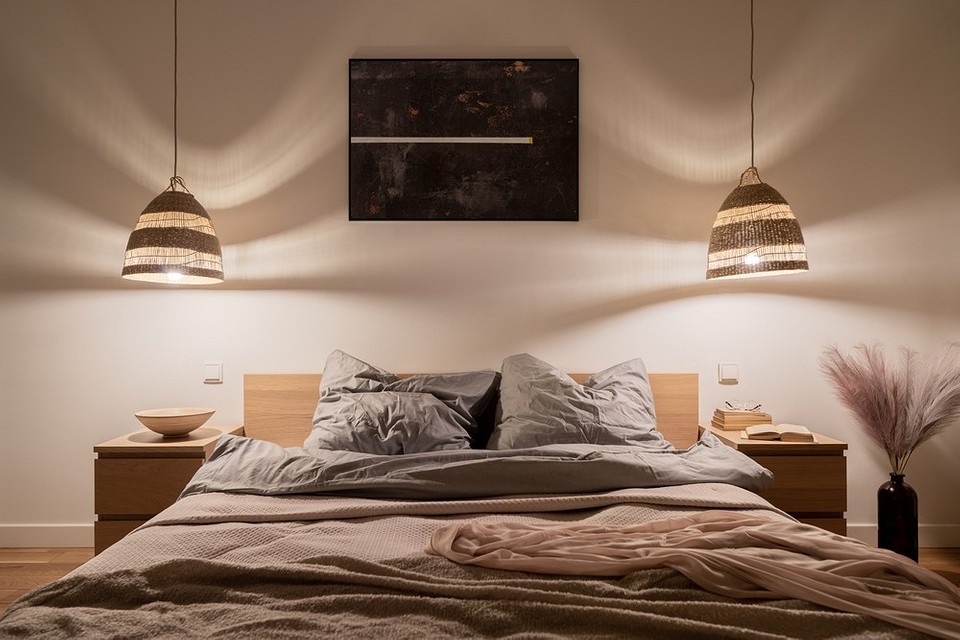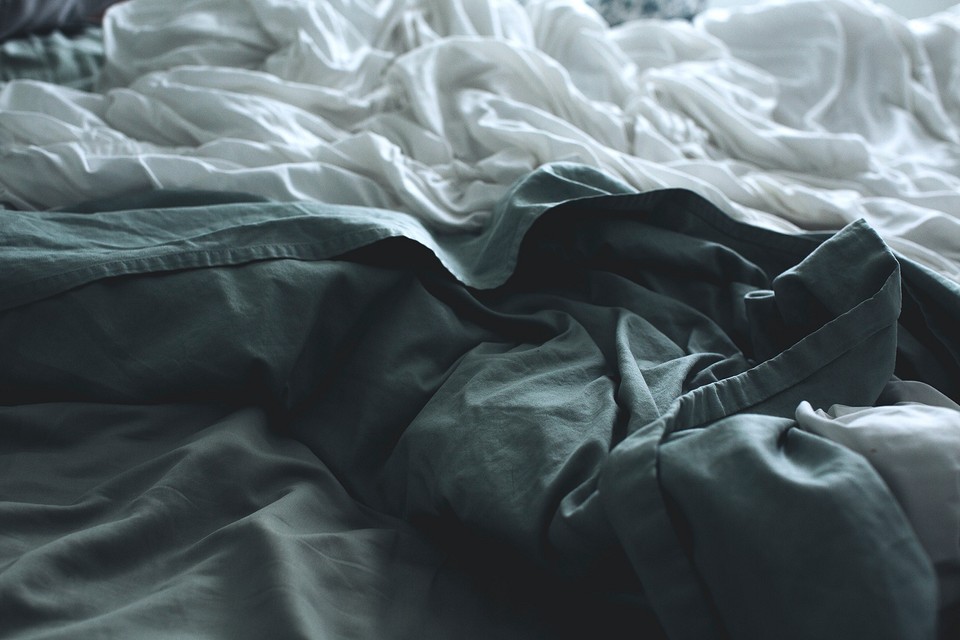Particle Board Furniture
It’s great if you inherit a wooden furniture set or if your budget allows for furnishing your apartment with solid pine, beech, or oak furniture. However, many opt for budget-friendly options made from particle board. Modern, affordable, and available in a wide range of styles. Most don’t realize that a seemingly harmless particle board cabinet can seriously harm your health — unless you hit its corner.
However, in manufacturing particle boards, small chips are mixed with formaldehyde resins. They also use glue containing phenol and formaldehyde. Both these compounds are toxic and are emitted from the finished product. At high concentrations, they cause allergies, bronchial asthma, headaches, fatigue, insomnia, irritability, and even cancer.

What to Do
- Prefer MDF furniture when purchasing.
- If you still buy products made from particle board, check the emission class of the material in the certificate. E0 or E1 are suitable for living spaces.
- Be wary of very low prices, unknown manufacturers, chips, damages, and strong odors. These could indicate the use of substandard materials and technology violations.
- Regularly ventilate the room and clean it.
- Don’t rush to throw away particle board furniture that has been standing for many years — the concentration of harmful substances has long dropped to a safe level.

Rubber Bath Toys
Children and often parents adore rubber ducks, mice, fish, and other small bath toys. The child splashes, plays, and enjoys — less fuss during bath time. And besides, toys are constantly
washed — meaning they’re clean. That’s what many think.
In reality, rubber toys usually have holes through which water gets inside, and most of the time, they never fully dry out. Therefore, they accumulate soap scum and dirty water — a perfect environment for the growth of bacteria, fungus, and mold. Mold, fungus, and bacteria from the toys can get into the bathwater and cause conjunctivitis, gastrointestinal disorders, allergic reactions, ear diseases, fungal skin infections, and stomatitis.

What to Do
- Whenever possible, buy bath toys without holes.
- If the toys have holes, seal them with a glue gun, or thoroughly wash them after bathing in clean water; disinfect with boiling water; dry them on special nets, not in the bathroom but in a dry, ventilated room.
- Replace toys every 2-3 months.

Soft Furniture, Toys, Decorative Pillows
Soft toys, furniture, and pillows are excellent at accumulating dust and dirt. It’s easy to check: sprinkle a little water on a soft sofa that you’ve been using for half a year. When it dries, dirty stains are likely to appear. If the fabric fades or an unpleasant chemical smell appears, these are signs of harmful aniline dye in the upholstery paint.
Dust mites, which cause allergies, bronchial asthma, and dermatitis, thrive in fillers and upholstery.

What to Do
- Choose furniture with smooth upholstery, preferably with dust- or water-repellent treatments. The best options are smooth jacquard, artificial suede, short-pile chenille, artificial and natural leather. They are easier to clean.
- Get soft toys, pillows, and furniture professionally cleaned at least once every six months.
- Don’t turn your home into a ‘childhood museum’ — if you find it
hard to throw away old toys, pack and store them out of sight.

Books
A bookshelf is an attribute of a true intellectual. This is an axiom instilled from childhood. And the older and rarer the editions, the more respect the owner commands among connoisseurs. Meanwhile, book dust is a powerful allergen. It harbors and breeds dust mites that cause various allergies, dermatitis, and can even lead to Quincke’s edema.

What to Do
- Store books in closed cabinets.
- Place bookshelves in a well-ventilated area with a humidity level not exceeding 55%.
- Clean the shelves and vacuum the books every season.

LED Bulbs and Fixtures
Durability, safety, efficiency are undeniable advantages of LEDs. However, the danger lies in the varied color temperature of LEDs. Choosing blue light unknowingly, you risk your health. Also, budget options often have poor quality drivers, leading to high flicker rates or flickering.
Blue light from lamps with a range above 6000 K (10,800 °F) harms vision, disrupts biological rhythms, causes insomnia, reduces melatonin production, weakens immunity. High flicker negatively impacts work performance and affects the nervous system.

What to Do
- Choose lamps with a color temperature of no more than 4,500 K (8,100 °F), with flicker less than 20%, with a wide voltage range. These parameters are indicated on the packaging.
- Don’t buy overly cheap bulbs.

Kids’ Furniture
Today’s children’s furniture market is a paradise. You can set up a room like Barbie’s or a spaceship. But the joy of children and parents can turn into serious health problems.
Synthetic materials and bright finishes may contain toxic substances that release into the air. This leads to allergies, asthma, various respiratory diseases, and even poisoning by volatile chemical compounds. Poor quality, brittle materials lead to chips and child injuries.

What to Do
- Buy furniture made of natural wood, if your budget allows.
- Monitor the integrity of finishes, promptly restore chips and cracks.
- Purchase furniture from reputable manufacturers, check quality certificates.
- Test the quality of the paint: moisten a cotton disc and swipe it across the furniture surface. If paint remains on it, low-quality dyes with toxic toluene were likely used.

Feather and Down Pillows and Duvets
Pillows and duvets with feather and down fillings are still popular. They’re made of natural materials, so they’re anatomical, eco-friendly, safe for health.
However, few bother with regular dry cleaning of duvets and pillows. Over years, dust, dirt, sweat, and dead skin particles accumulate in bedding. A paradise for parasites. Moreover, feathers and down are strong inhalation allergens. They’re also hygroscopic, absorbing sweat – and in a moist environment, mold thrives.

What to Do
- Use dense fabric liners for pillows in addition to pillowcases, wash them at least once a month.
- Change pillows and duvets every six months if possible, or take them to the dry cleaners.
- Washing alone won’t ensure cleanliness. Open the cover, remove and rinse the feather filling in soapy water, then in clean water. Ensure it doesn’t clump. Spread it out evenly on a flat surface and dry thoroughly.







Leave feedback about this